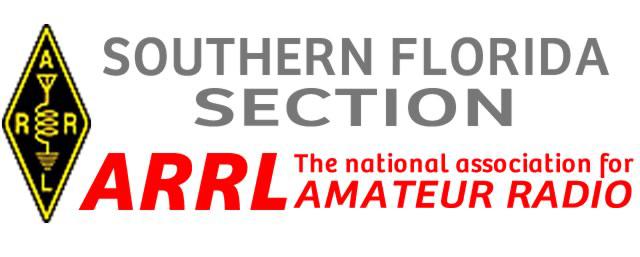ARRL (09/28/2015) - A disastrous coronal mass ejection (CME) will be the focus of a national Military Auxiliary Radio System (MARS) communication exercise on November 8-10, 2015, and MARS is hoping to collaborate with SATERN, Amateur Radio Emergency Service (ARES) and Radio Amateur Civil Emergency Service (RACES) groups. The exercise is a quarterly contingency HF exercise in support of the US Department of Defense (DoD). “The exercise scenario will simulate a CME event and focus on actions that radio operators should take prior to and following a CME event,” explained Army MARS Program Manager Paul English, WD8DBY. “One thing we want to continue to work on is the interface with the greater Amateur Radio community.” CMEs are huge explosions of gas, plasma, and electromagnetic radiation from the Sun, which are responsible for geomagnetic storms. Solar flares can accompany CMEs, but they are not the same thing. A CME can take anywhere from 1 day to 3 days to reach Earth. CMEs occur all the time, but most bypass Earth with minor effects. A major CME that hits Earth directly could damage or destroy satellites as well as terrestrial communication and electrical power infrastructure. English said the November exercise would simulate a radio blackout as well as infrastructure damage. “During the exercise, we will simulate the blackout with a 3 hour pause, and then we will bring stations back on air and begin handling requests for information,” he told ARRL. Training objectives for this exercise will include understanding what a CME is and how much forecast lead time can be expected; the effects associated with a CME, and what precautions radio operators take to protect their equipment, prior to a severe CME. After the simulated CME, operators will assess its effects and begin reporting that information. This will involve “interoperation with Amateur Radio operators and groups to assist in assessment.” Amateur Radio operators in SATERN, ARES, and RACES are encouraged to participate in this exercise.
Military Auxiliary Radio System (MARS) communication exercise on November 8-10, 2015,
- Recent
-
Happy Birthday to the FCC.
- Feb 23, 2018 -
K9EE awarded Certificate for over 12 years of volunteer service to Skywarn
- Feb 22, 2018 -
Web Site Updated
- Jan 28, 2018 -
EC appointed for Miami-Dade
- Jan 23, 2018 -
Upcoming events
- Nov 26, 2017
Archives
- February 2018 (2)
- January 2018 (2)
- November 2017 (1)
- October 2017 (2)
- September 2017 (3)
- August 2017 (6)
- July 2017 (2)
- June 2017 (6)
- May 2017 (5)
- April 2017 (6)

